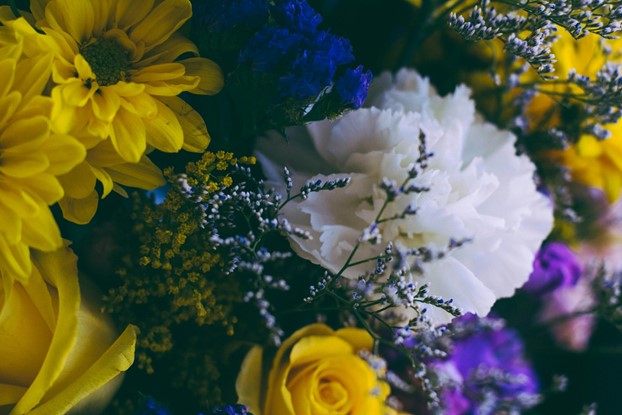The Science of Flower Colors: Exploring Pigments and Perception

Table of Content
Ever paused to ponder the science behind these vibrant hues or the profound impact they have on both our psyche and culture? This article delves into the fascinating world of colours of flowers, ordered via same-day flower delivery in Perth, unravelling the mysteries of pigments, the allure they hold for pollinators, and their significant emotional and cultural resonance.
The Science of Flower Colors
Flowers are not just about aesthetics; they are nature’s ingenious way of ensuring survival. The colours we admire in flowers are primarily the result of pigments – biochemical substances that absorb specific wavelengths of light and reflect others. These pigments fall into three main categories: chlorophyll, carotenoids, and anthocyanins.
Chlorophyll, responsible for the green in leaves, is less prominent in flowers. Instead, flowers often showcase carotenoids and anthocyanins. Carotenoids impart yellow, orange, and red hues, while anthocyanins are responsible for red, purple, blue, and even black tones.
But why such a spectrum? The answer lies in the process of pollination. Different species of pollinators, such as bees, birds, and butterflies, are attracted to specific colours. For instance, bees are drawn to blue and violet, while hummingbirds prefer red. These colours are not mere decorations but vital tools in the survival and reproduction of plant species.
The Psychology of Flower Colors
Flower colours do more than attract pollinators; they have a profound impact on human emotions and psychology. The vibrant red of a rose can evoke feelings of love and passion, while the tranquil blue of a forget-me-not may bring a sense of calm and peace.
This psychological impact is rooted in color theory, where different colors are believed to stimulate various emotions and responses. For example, yellow, often seen in sunflowers, is associated with happiness and vitality, while the purity of white lilies can evoke a sense of serenity and peace.
Moreover, the colors of flowers can influence our behavior and decision-making. The presence of bright-colored flowers in a room can boost creativity and energy, while softer tones may promote relaxation and tranquility. Furthermore, this phenomenon extends beyond personal feelings to influence cultural practices and rituals. In many cultures, specific flower colors are chosen for events based on the emotions they are believed to convey.
For instance, vibrant oranges and yellows are often used in celebrations to create an atmosphere of joy and energy, while softer, pastel shades might be selected for their soothing and calming effects in more solemn occasions.
Cultural Significance of Flower Colors
Flower colors hold deep cultural significance across the globe. In various societies, flowers are imbued with meanings and symbolism, often varying by color. This cultural aspect adds another layer of depth to our appreciation of flowers.
In Chinese culture, red and gold are auspicious colors, symbolizing good fortune and wealth. During Chinese New Year, these colors dominate the celebrations, with flowers like peonies and chrysanthemums taking center stage.
Conversely, in Western cultures, white is often associated with purity and innocence, making white flowers like roses and lilies popular choices for weddings. In India, marigolds’ bright orange and yellow hues are synonymous with festivals and religious ceremonies, representing the sun’s energy and prosperity.
These cultural interpretations of flower colors are not mere superstitions; they are reflections of the values, beliefs, and histories of different societies, passed down through generations and expressed through the language of flowers. In Japan, for example, cherry blossoms with their delicate pink hues symbolize the transient nature of life, a core concept in Japanese philosophy. In the Middle East, jasmine’s white flowers are often associated with purity and spirituality. The vibrant purple of lavender in European traditions symbolizes elegance and luxury. Each color carries with it a tapestry of meanings, intricately woven into the cultural fabric of societies, shaping traditions, rituals, and even the arts.
Conclusion
The world of flower colors is a fascinating intersection of science, psychology, and culture. It’s not just about pigments and wavelengths; it’s about how these colors resonate with living beings – be it a bee seeking nectar or a human seeking emotional connection. Understanding the science behind these colors, their impact on our emotions, and their cultural significance deepens our appreciation of nature’s colorful masterpieces, making the sight of a blooming garden not just a visual delight but a rich tapestry of life, emotion, and heritage.




